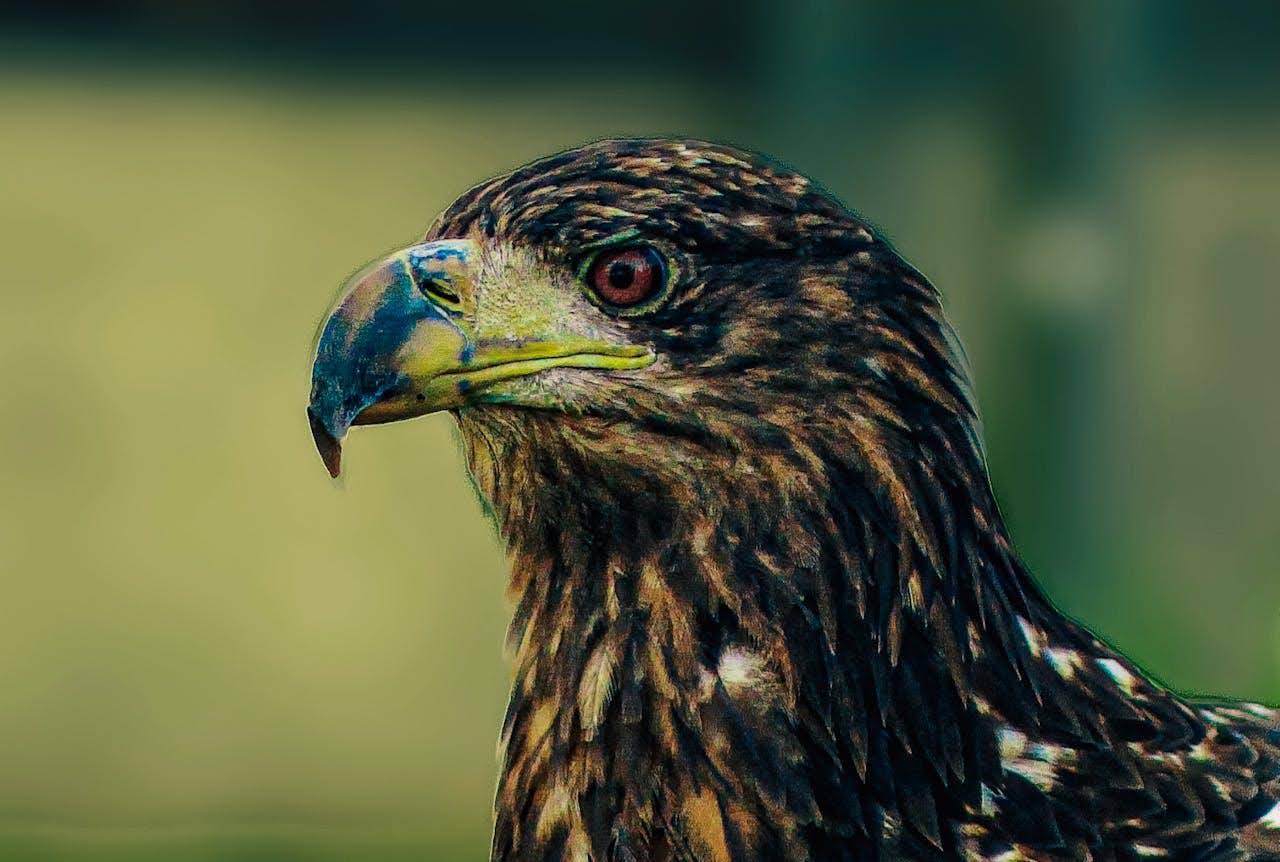Moving your falcon to a new environment can feel overwhelming. Whether you’re relocating or traveling to hunt in different territories, your bird needs time to adjust. The great news is that falcons are naturally adaptable creatures. With the right training techniques, you can help your falcon feel confident and perform well anywhere.
These five training hacks will make the transition smoother for both you and your falcon.
Environmental Factors That Matter Most
Your falcon’s comfort level depends heavily on three main factors: temperature, terrain, and available perching spots. Birds that are used to open fields might struggle initially in densely wooded areas. Similarly, a falcon accustomed to moderate climates needs extra preparation for extreme heat or cold.
Pay attention to wind patterns too. Different environments create unique air currents that affect your falcon’s flight patterns. Scout the new area beforehand if possible. Take note of potential hazards like power lines, busy roads, or areas with heavy human activity.
Using Hoods Strategically During Transport
Quality falconry hoods serve as your most valuable tool during environmental transitions. They reduce stress and help your falcon stay calm during transport to new locations. The familiar darkness creates a sense of security.
Start using the hood for short periods in your home environment. This builds positive associations before you need to use it during actual transitions. During transport, check on your falcon regularly but avoid removing the hood too frequently, as this can increase anxiety.
Condition Your Falcon before the Move
Preparation starts weeks before you introduce your falcon to the new environment. Create controlled scenarios that mimic what your bird will encounter. If you’re moving to a noisier area, gradually expose your falcon to recorded sounds of traffic or crowds.
Physical conditioning matters just as much as mental preparation. Increase flight training sessions to build your falcon’s stamina. A well-conditioned bird adapts more quickly to new hunting grounds and feels more confident exploring unfamiliar territory.
Gradual Exposure
Rushing the introduction process often backfires. Instead, break down the new environment into smaller, manageable pieces. Start with short sessions in a quiet corner of the new area. Let your falcon observe from a safe distance before expecting any hunting or free flight.
- Spend the first day just sitting with your falcon in the new location
- Allow exploration of perching spots during the second session
- Introduce hunting activities only after your falcon shows comfort with the basic environment
Each session should end on a positive note. If your falcon seems stressed, return to familiar territory and try again later with a smaller exposure.
Adjust Diet and Hydration for Success
Stress affects appetite and digestion. Your falcon might eat less during the first few days in a new environment. Monitor weight carefully and adjust feeding schedules accordingly. Fresh water becomes even more critical during times of change.
Consider offering favorite treats more frequently during the transition period. This creates positive associations with the new location. However, don’t rely solely on treats for motivation. Maintain your regular training rewards system to avoid creating dependency.





